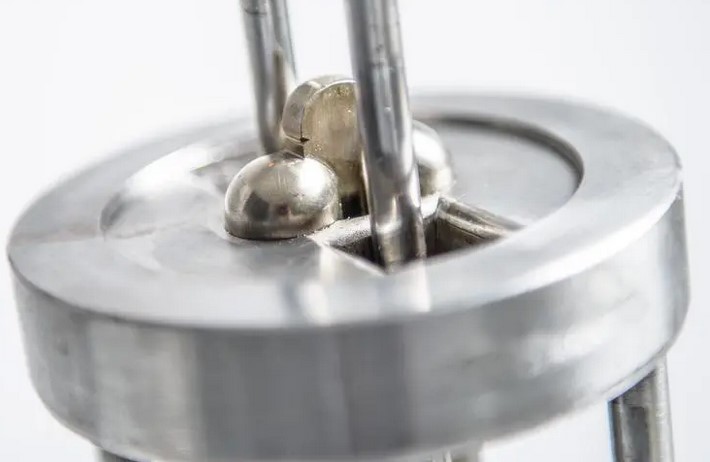Plastic injection molding and insert molding are two popular manufacturing processes in the plastic industry. Although both processes involve melting plastic pellets and injecting them into a mold, they have distinct differences in their applications and processes. In this article, we'll explore the differences between injection molding and insert molding.

Injection Molding:
Injection molding is a manufacturing process used to create plastic parts by injecting molten material into a mold. It is a highly automated process that is capable of producing large quantities of identical parts with high accuracy and repeatability. The process begins with the plastic pellets being fed into a hopper where they are heated and melted. The melted plastic is then injected into a mold under high pressure, where it cools and solidifies into the desired shape.
Injection molding is ideal for producing complex parts with intricate geometries and fine details. It can also be used to produce parts with different materials or colors. Additionally, the process is highly efficient, as it can produce large quantities of parts in a short amount of time.
Insert Molding:
Insert molding is a variant of injection molding that involves placing a preformed insert, such as a metal component or a pre-molded plastic component, into a mold cavity before the plastic is injected. The melted plastic then flows around and bonds with the insert, creating a single part.
Insert molding is commonly used to create parts with metal inserts, such as electrical connectors, threaded fasteners, or bearings. By molding plastic around metal, manufacturers can create parts that combine the properties of both materials. Additionally, insert molding can be used to encapsulate other pre-molded plastic parts, reducing the need for assembly operations and creating a more robust part.
Difference between Injection Molding and Insert Molding:
The primary difference between injection molding and insert molding is the presence of an insert. While injection molding involves creating a part entirely from molten plastic, insert molding involves placing a pre-formed insert into the mold cavity and molding plastic around it. This difference in the process makes insert molding ideal for parts that require metal inserts or encapsulated pre-molded plastic components.
Another key difference is the level of automation. Injection molding is a highly automated process that can produce large quantities of parts with little human intervention. In contrast, insert molding requires more manual labor to place and secure the insert in the mold cavity.
Conclusion:
Injection molding and insert molding are both valuable processes in the plastic industry. Injection molding is ideal for producing complex parts with fine details, while insert molding is useful for creating parts with metal inserts or encapsulating pre-molded plastic components. Both processes have their advantages and can be used to create high-quality plastic parts. Understanding the differences between these processes is critical when selecting the best method for a particular application.













